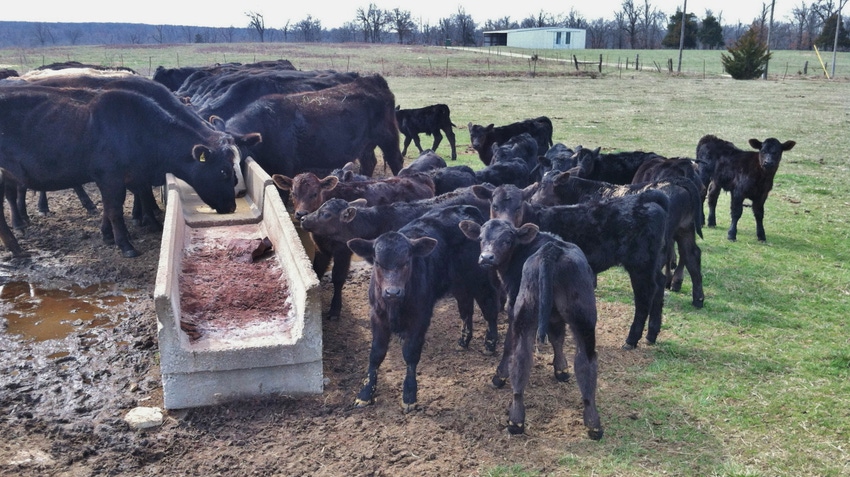Anaplasmosis threat and economic impact of thin cows
Company encourages body condition scoring and vaccination to minimize economic losses.
June 2, 2023

University Products recently brought attention to the economic challenges associated with thin cows, particularly those suffering from anaplasmosis, and the dangers posed by Cattle Fever Ticks (CFT) in the beef industry. The company encourages farmers to prioritize body condition scoring (BCS), along with anaplasmosis vaccination, to support cattle health initiatives that optimize productivity and minimize economic losses.
The importance of BCS as a crucial tool for assessing the physical condition of cows during the most demanding period of gestation cannot be overstated, particularly in winter. Thin cows can have difficulty rebreeding, are more susceptible to diseases such as anaplasmosis, and are expensive additions to a herd. Early corrective measures can prevent a wide array of health issues and improve the overall well-being of the herd.
But defining "thinness" is not always easy. The University of Guelph found that even trained evaluators have difficulty determining accurate body condition scores in winter. The ideal BCS for mature cows at calving is 2.5, while first-calf heifers should have a score of 3.0. All females should have a score of 2.5, 30 days before the start of the breeding season.
"Body condition scoring is a cost-effective and accurate method to assess the health of your cows,” says Dr. Donald Luther of University Products. “Proper BCS management not only promotes the welfare of the animals but also contributes to the economic success of the farm."
University Products recommends a comprehensive approach to herd health, which includes the services of a livestock nutrition expert to balance rations and ensure cattle receive adequate levels of energy, protein, fiber, vitamins, and minerals. Maintaining proper body condition during pregnancy supports the immune systems of both the dam and calf, improving the overall health of the herd. And of course, vaccination helps protect the entire herd from the ongoing tick-borne anaplasmosis endemic.
USDA’s Animal and Plant Health Inspection Service (APHIS) recently emphasized the importance of addressing Cattle Fever Ticks (CFTs: Rhipicephalus (Boophilus) annulatus and R. (B.) microplus), which serve as vectors for bovine babesiosis and anaplasmosis. The Cattle Fever Tick Eradication Program, launched in 1906, has confined CFT to a permanent quarantine zone running from Brownsville to Del Rio, Texas, along the Mexican border. Mounted tick patrols (tick riders) help collect and treat stray animals that wander in from Mexico and work alongside partners at the Texas Animal Health Commission. The program systematically detects, treats, and eradicates tick infestations, while other CFT populations are found in Puerto Rico and the U.S. Virgin Islands. Unfortunately, while these diseases can and continue to be mitigated, they still continue to plague the cattle industry.
University Products is committed to developing a wide spectrum of modern solutions for the challenges facing the cattle industry, including groundbreaking research into vaccines for bovine babesiosis and theileriosis. The company's focus on proactive management strategies, such as BCS, addressing the threat of CFT, and combining both with innovative vaccine research and products, aims to create a healthier and more sustainable future for the cattle industry.
You May Also Like


.png?width=300&auto=webp&quality=80&disable=upscale)
